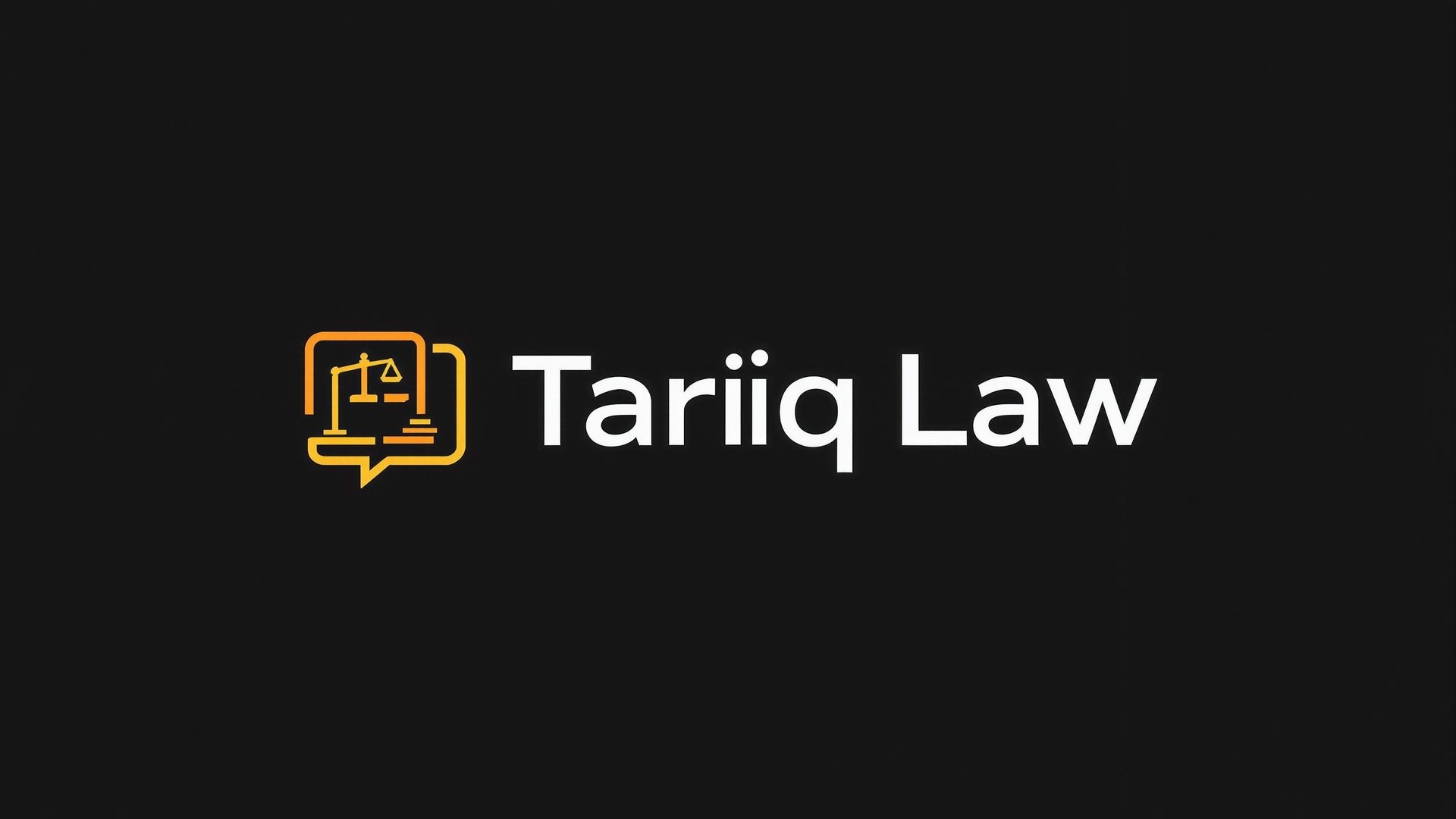
How Can the FCRA and AI Help You Combat Identity Theft in the Digital Age?
In today's digital age, identity theft has become a prevalent concern, affecting millions of individuals annually. The Fair Credit Reporting Act (FCRA) plays a crucial role in protecting consumers from the repercussions of identity theft by ensuring the accuracy and privacy of credit information. With the rapid advancement of artificial intelligence (AI), both new challenges and opportunities arise in the realm of identity theft and credit reporting. This blog delves into the interplay between FCRA, identity theft, and AI, exploring how consumers can safeguard their identities in this evolving landscape.
Understanding the FCRA and Its Role in Identity Theft Protection
The FCRA, enacted in 1970, ensures the accuracy, fairness, and privacy of consumer information in credit reporting agencies. Key provisions of the FCRA relevant to identity theft include:
Accuracy of Information: The FCRA mandates that CRAs must ensure the accuracy of the information they collect and disseminate. This is crucial for victims of identity theft, as inaccurate information can have severe financial and legal consequences.
Consumer Rights to Dispute and Correct Information: If a consumer identifies errors in their credit report, they have the right to dispute the information. CRAs are required to investigate and correct any inaccuracies promptly.
Fraud Alerts and Credit Freezes: The FCRA allows consumers to place fraud alerts on their credit reports, notifying potential creditors to take extra precautions before extending credit. Additionally, consumers can request a credit freeze, restricting access to their credit report and making it more difficult for identity thieves to open new accounts.
Disclosure Requirements: CRAs must provide consumers with a free copy of their credit report annually, enabling them to monitor their credit information for signs of identity theft.
The Role of AI in Identity Theft
AI has revolutionized various aspects of our lives, but it has also introduced new avenues for identity theft.
Here are some ways AI intersects with identity theft:
Phishing and Social Engineering: AI-powered tools can create sophisticated phishing emails and social engineering schemes, making it easier for identity thieves to trick individuals into revealing personal information.
Deepfakes and Synthetic Identities: AI can generate realistic deepfake videos and synthetic identities, which can be used to deceive financial institutions and other organizations into granting access to sensitive information or opening fraudulent accounts.
Automated Attacks: AI enables identity thieves to automate attacks, such as credential stuffing, where stolen usernames and passwords are used to gain unauthorized access to multiple accounts.
Data Breach Analysis: AI can analyze vast amounts of data from breaches to identify patterns and exploit vulnerabilities, increasing the efficiency of identity theft operations.
AI as a Tool for Identity Theft Prevention
While AI poses new risks, it also offers powerful tools to combat identity theft:
Fraud Detection and Prevention: AI algorithms can analyze transactional data in real-time, identifying unusual patterns and flagging potential fraudulent activities. This helps financial institutions and CRAs detect and prevent identity theft more effectively.
Biometric Authentication: AI-powered biometric authentication methods, such as facial recognition and fingerprint scanning, provide enhanced security compared to traditional passwords, making it harder for identity thieves to gain unauthorized access.
Predictive Analytics: AI can predict potential identity theft risks by analyzing consumer behavior and credit patterns.
Enhanced Consumer Monitoring: AI-driven credit monitoring services can alert consumers to suspicious activities on their credit reports, allowing for quicker responses to potential identity theft incidents.
How Can You Protect Your Identity in The Age Of AI?
As AI continues to evolve, consumers must adopt proactive measures to safeguard their identities:
1.Monitor Your Credit Reports: Regularly review your credit reports for any unauthorized activities. Under FCRA you can have your free annual credit report, therefore, do take advantage of that!
2. Utilize Fraud Alerts and Credit Freezes: Place fraud alerts and consider freezing your credit to add an extra layer of protection against unauthorized access.
3. Be Cautious with Personal Information: Be vigilant about sharing personal information online and offline. Verify the authenticity of requests for information, especially in unsolicited communications.
4. Use Strong Authentication Methods: Opt for multifactor authentication and biometric verification where available to enhance the security of your accounts.
5. Stay Informed: Keep abreast of the latest trends in identity theft and AI advancements. It must be highlighted that awareness in the age of artificial intelligence plays a crucial role.
Conclusion
The FCRA remains a cornerstone in the fight against identity theft, providing essential protections for consumers. However, the advent of AI has introduced new challenges and opportunities in this battle. By leveraging AI's capabilities for detection and prevention, and by staying informed and vigilant, consumers can better protect themselves in this rapidly changing landscape. As we navigate the complexities of AI and identity theft, a robust understanding of the FCRA and proactive measures will be key to safeguarding our financial identities. If you're ready to take control of your credit report recovery journey, we encourage you to contact our office at (866) 885-8529 for a case review. Our dedicated attorneys are here to assist you every step of the way. Together, we can work towards restoring your financial well-being and securing your future.
Thank you for trusting Tariq Law PC as your partner in this journey towards credit report recovery. We look forward to helping you regain control and financial stability.
Disclaimer: This blog post is for informational purposes only and should not be considered legal advice. Consult with a qualified attorney for personalized guidance on your specific situation.
